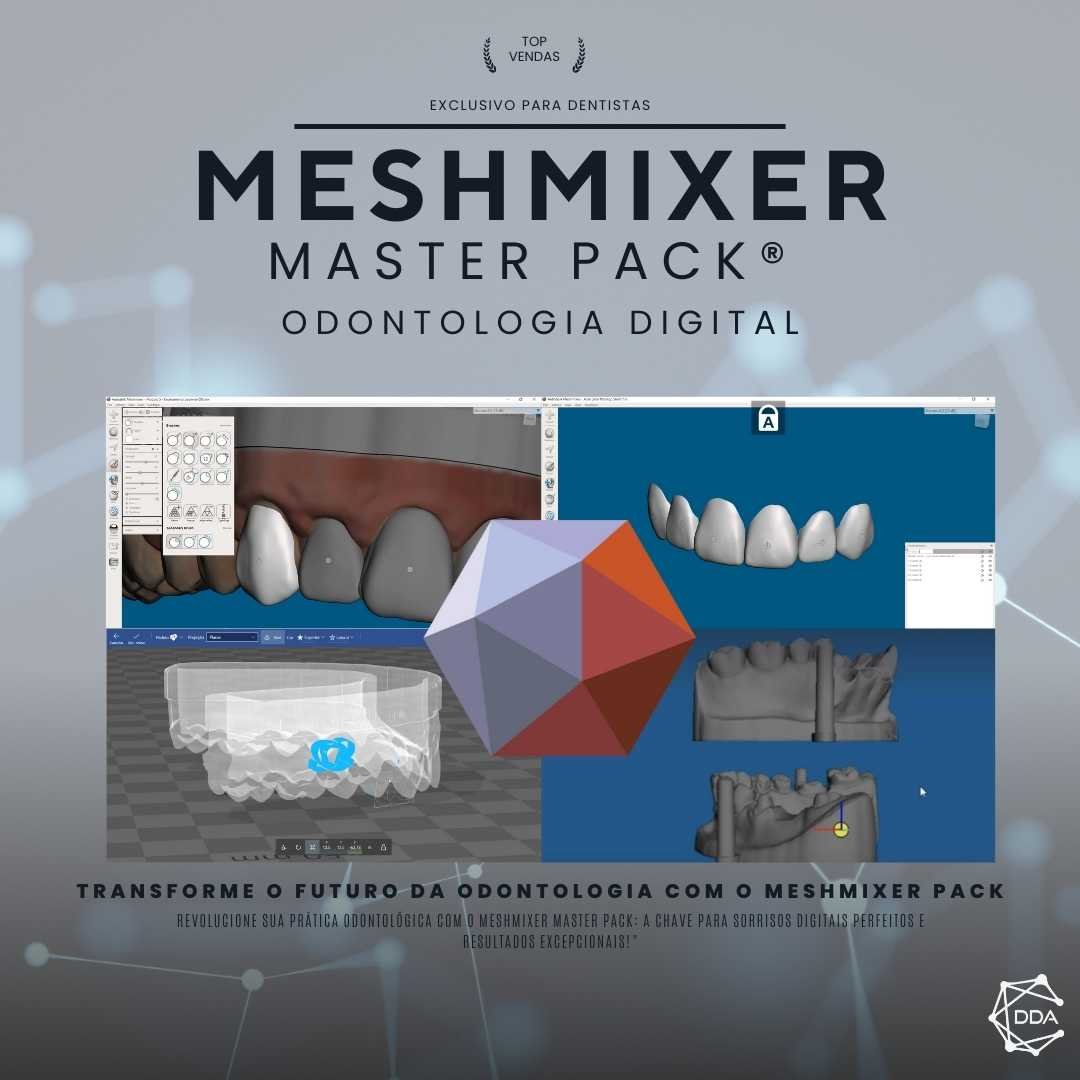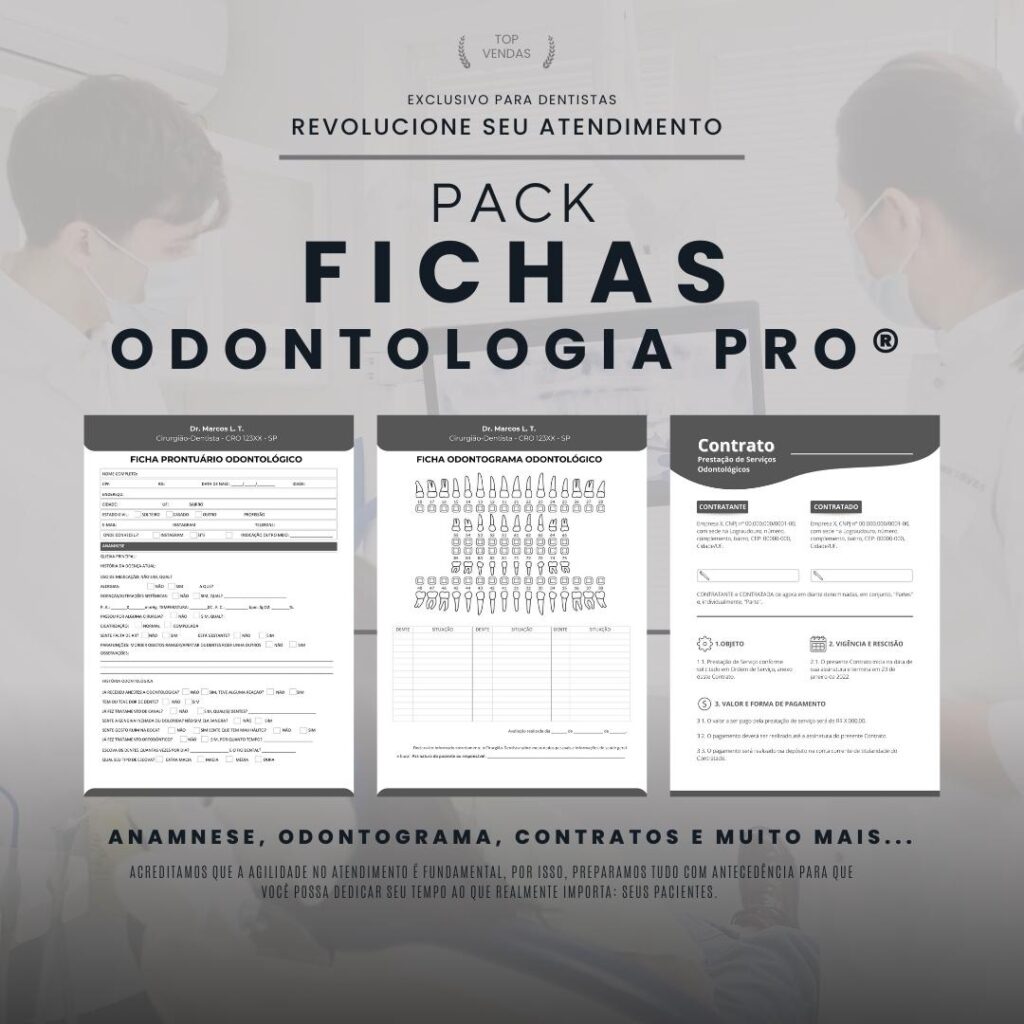What is Sandblasting?
Sandblasting, also known as abrasive blasting, is a process used to remove impurities, oxidation, paint or any type of coating from a surface. This technique is widely used in various sectors, such as the automotive, naval, metallurgical and construction industries, among others.
How does Sandblasting work?
The sandblasting process involves projecting abrasive particles at high speed against a surface using a specific piece of equipment called a sandblaster. These particles, usually sand, are propelled by compressed air or a high-pressure pump, depending on the type of equipment used.
What equipment is used in Sandblasting?
There are different types of equipment used in sandblasting, the most common being:
Pressure Sandblasting
Pressure sandblasting is performed using a machine that uses compressed air to propel abrasive particles against the surface to be treated. This type of equipment is widely used in smaller jobs, such as in automotive paint shops.
Suction Sandblasting
Suction sandblasting is performed using equipment that uses a suction pump to pull the abrasive particles and project them against the surface. This type of equipment is most commonly used for larger jobs, such as removing paint from large metal structures.
What are the advantages of Sandblasting?
Sandblasting has several advantages over other coating removal methods, such as chemical or mechanical removal. Some of the main advantages are:
Efficient removal
Sandblasting is capable of efficiently removing different types of coatings, such as paint, rust, oxidation, among others. This technique is especially effective on metal surfaces, where other methods may not be as efficient.
Surface preparation
Sandblasting is also used to prepare the surface before applying a new coating. By removing impurities and oxidation, sandblasting provides a clean, rough surface, making it easier for the new coating to adhere.
Corrosion removal
Sandblasting is an effective technique for removing corrosion from metal surfaces. By removing the corrosion layer, it is possible to restore the integrity of the part and extend its service life.
What precautions are necessary for Sandblasting?
Although it is an efficient technique, sandblasting requires some care to ensure the safety of the operator and avoid damage to surfaces. Some of the main precautions are:
Personal protective equipment
The operator must use personal protective equipment, such as safety glasses, gloves, helmet and overalls, to avoid direct contact with abrasive particles and protect themselves from possible splashes.
Work area isolation
It is important to isolate the work area during the sandblasting process to prevent abrasive particles from reaching people or nearby objects. Isolation can be done with tarps or protective panels.
Proper choice of abrasive
Choosing the right abrasive is essential to achieving the best results when sandblasting. There are different types of abrasives available, such as sand, steel shot, glass beads, among others, and each has specific characteristics.
Conclusion
In short, sandblasting is an efficient and versatile technique for removing coatings and preparing surfaces. With proper care and the correct choice of equipment and abrasives, it is possible to obtain satisfactory results and ensure the quality of the work performed.


